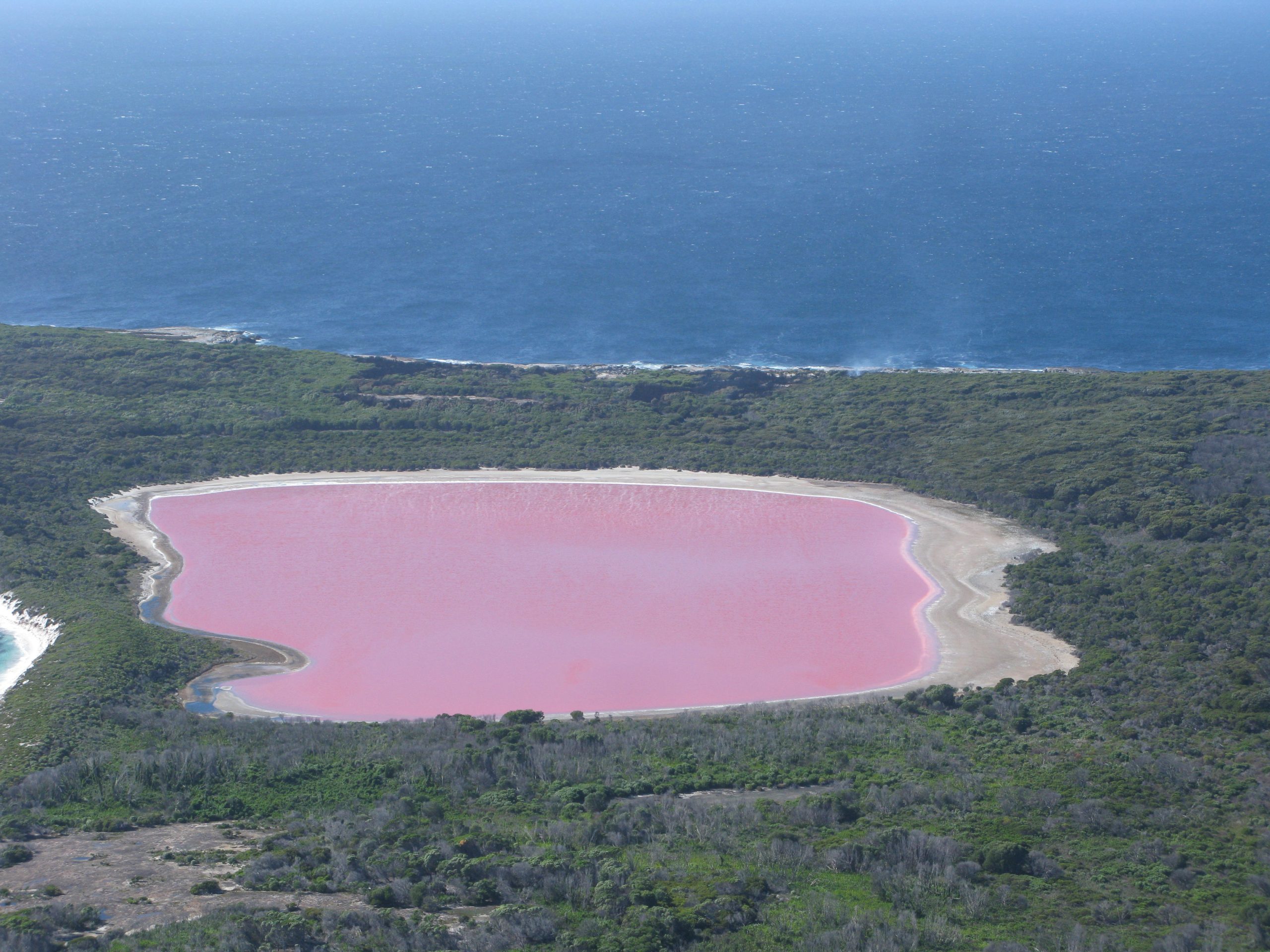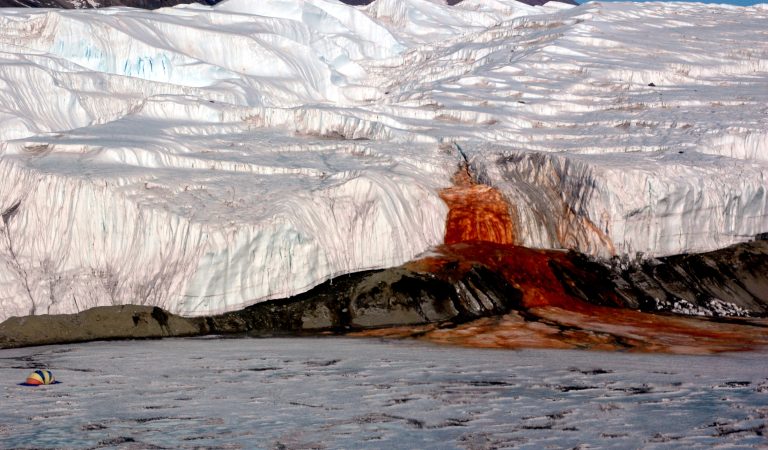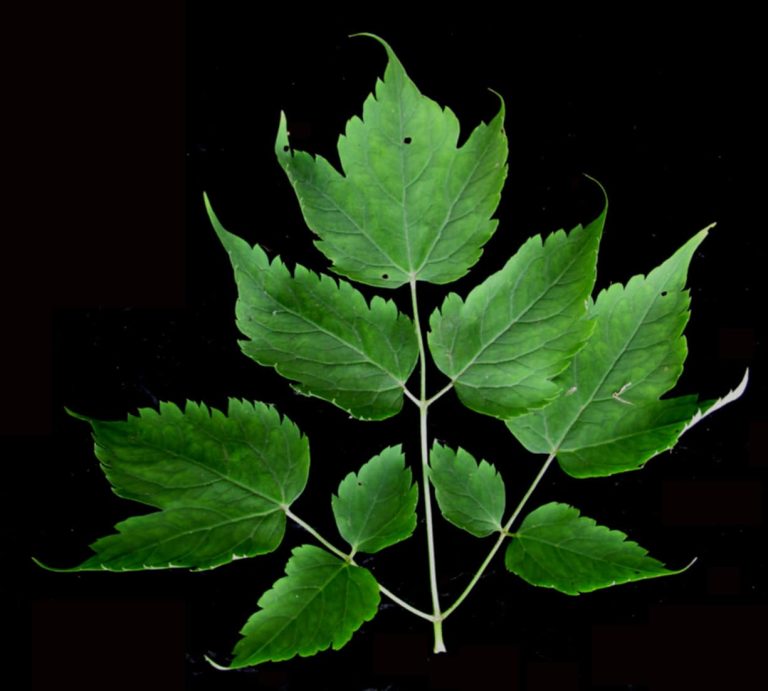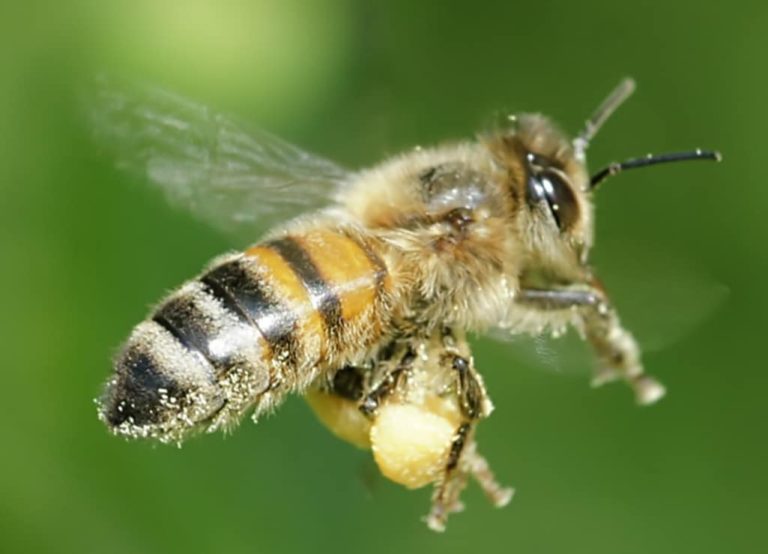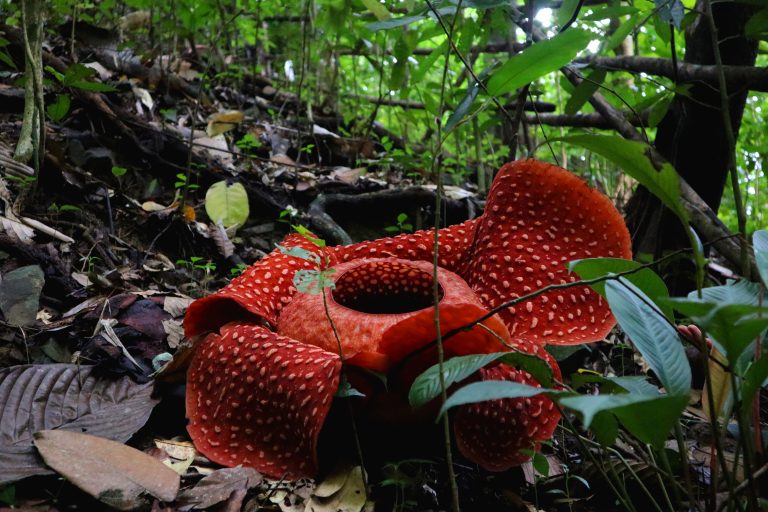Lake Hillier : The Pink Lake of Western Australia
Australia is such a treasure trove for a nature lover. Its unique and diverse animals and plants evolved in millions of years of isolation as well as so many different and unique ecosystems and geological features spanning over the vast continent make it so.
In this post, I’m going to introduce one of such natural wonders of Australia to you, Lake Hillier. You will discover what makes it special, the reason behind its uniqueness, and why it’s important to conserve it for future generations.
Lake Hillier
Let’s start with the basic information about Lake Hillier, before moving on to more unusual, unique aspects of it.
Where’s Lake Hillier Located?
There’s a collection of islands off the west coast off Australia, the Recherche Archipelago. Lake Hillier is on the middle island of that. See if you can spot the lake on the aerial photo of the middle island below.
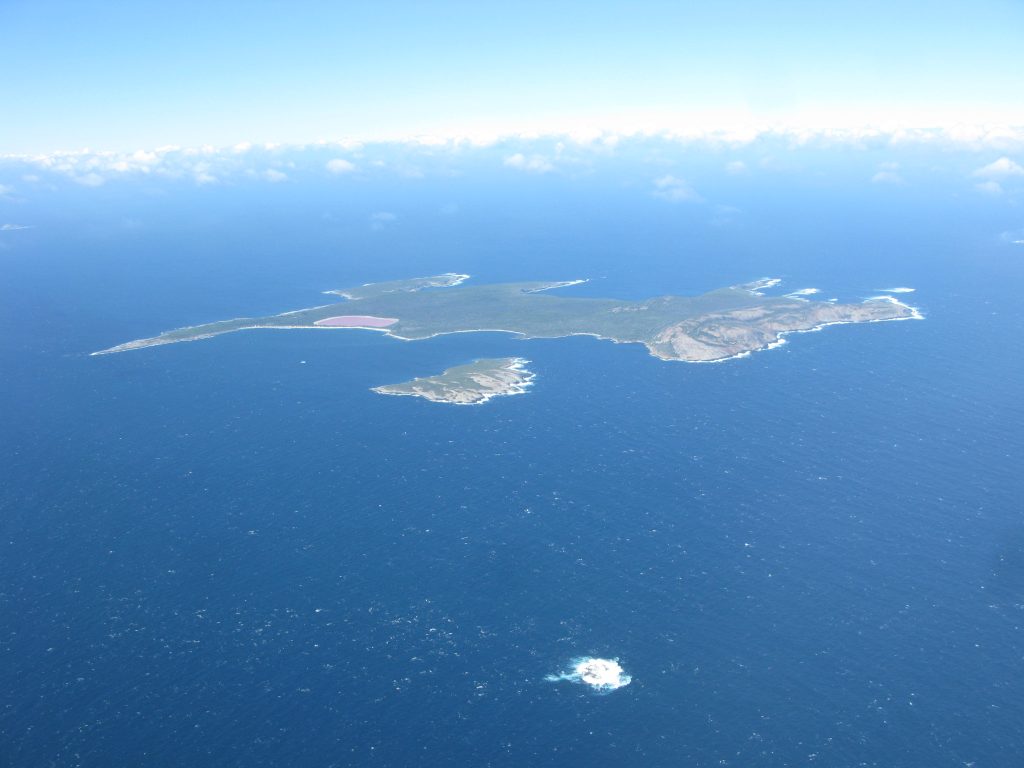
Own work
How Big is Lake Hillier?
Lake Hillier is about 600 meters(2000 feet) long and 250 meters(820 feet) wide, with a surface area about 15 hectares(37 acres).
It’s not a deep lake. The average depth of Lake Hillier is 3-5 meters(9-16 feet).
The Discovery of Lake Hillier
It was the British navigator and cartographer Matthew Flinders who discovered the lake in 1802 during an expedition.
Flinders named the lake after William Hillier, a member of his expedition who died of dysentery during their stay on the middle island.
The Salinity of The Water
The water of Lake Hillier is extremely salty. It has a salinity level of 30%. This is much higher than the average salinity level of the ocean, which is 3.5%.
This hyper salinity is primarily caused by the lake’s closed system, with no inflow or outflow, which allows salt to concentrate over time.
The lake’s interaction with groundwater rich in salts contribute to that too.
The increased evaporation due to the warm and dry climate of the region increases the salt concentration of the lake’s water too.
The Pink Water of Lake Hillier
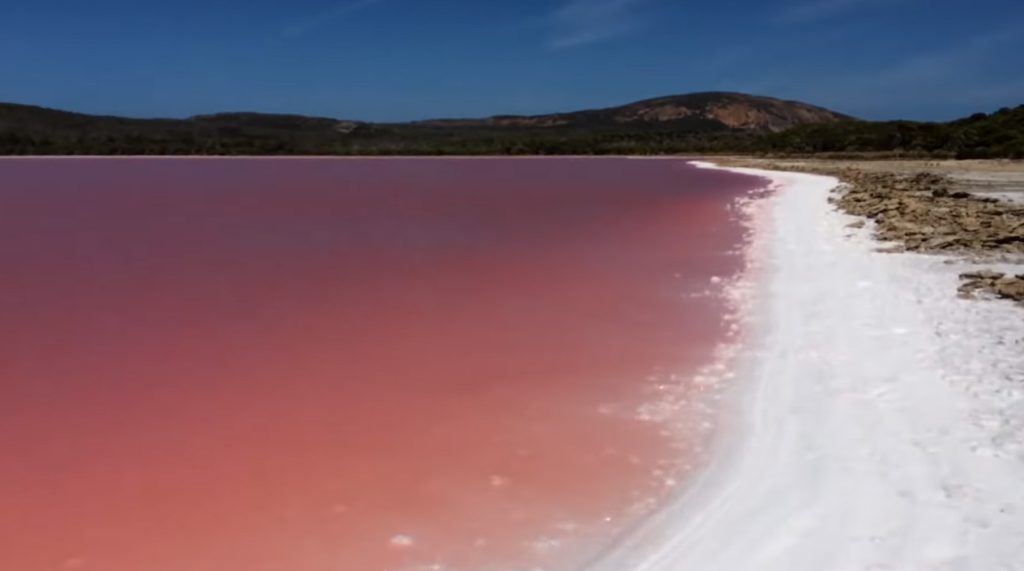
Now we get to the feature that really set’s Lake Hillier apart, its pink hued water.
The water has a vibrant, pink color that remains unchanged even when the water is collected in a container.
Why Is Lake Hillier Pink?
The unusual pink color of the water is primarily caused by some microorganisms that live in the lake.
No life forms other than these microorganisms can survive the extreme salinity of the lake’s water.
The microorganisms found in the lake have special adaptations that allow them to survive its hyper salinity, but I won’t talk about that here because it’s beyond the scope of this article.
Dunaliella salina, an algae that thrives in hypersaline environments, is the microorganism primarily responsible for Lake Hillier’s pink water. It produces lots of β-carotene, a carotenoid pigment that offers protection against high salinity and strong sunlight. This pigment gives the algae an orange-red color, and makes the lake’s water pink when it’s concentrated.
Other halophilic(able to survive highly saline environments) microorganisms that inhabit the lake, such as the bacteria Salinibacter ruber and the archaea like Haloarchaea produce pigments that contribute to the lake’s pink colored water too.
The Importance of Lake Hillier
So, how important is Lake Hillier ecologically and for mankind?
Let’s find out:
Scientific Importance
Lake Hillier is a unique ecosystem that hosts an array of microorganisms with adaptations to survive hypersaline environments.
Studying these organisms allows scientists to have useful insights about how lifeforms adapt to survive in extreme environmental conditions.
Also, some aspects of the pink hue of the water are still not fully explained, requiring continuous study.
One such aspect is the fact that the color remains stable in spite of the changes in temperature, weather, dilution, and so on. It’s unusual for biological pigmentation to be stable with varying conditions like that.
It’s possible that the crystalline formations and hypersaline matrices of the lake’s water forms stabilize the pigments in ways not fully understood yet.
Also, some microorganisms found in the lake are still new to science and have not been thoroughly studied. Maybe they have some metabolic pathways and pigment stabilising mechanisms yet to be discovered.
Tourist Attraction
A natural wonder, and eye catching geographical formation, it attracts tourists from all over the world.
The lake is accessible only by air or sea. There are flights available from Esperance offering aerial views of the lake and surrounding landscapes. Also, there are boat tours offering views of the lake from the shoreline.
Lake Hillier is part of Recherche Archipelago Nature Reserve, an A-class nature reserve, due to its scientific and ecological importance. So, tourists can only view it from the air or the shoreline, direct access is not allowed.
Can You Swim in Lake Hillier?
Lake Hillier’s water is technically safe to swim in. The high salinity makes floating easy,and the microorganisms inhabiting the lake are harmless to humans.
But, being part of an A-class nature reserve, direct access to the lake and swimming in it is very rarely allowed.
Conclusion
Located in the middle island of the Recherche Archipelago of Western Australia, Lake Hillier Stands out with the stable pink colour and the extreme salinity of its water.
It was discovered by Matthew Flinders in 1802.
The pink hue of its water is primarily caused by the pigments produced by a variety of microorganisms, adapted to survive hypersaline environments.
The lake is of great scientific importance, allowing scientists insights about how life adapts to extreme conditions, and some aspects of the pink hue of the water remain to be understood.
Being part of an A-class nature reserve, direct access to the lake is mostly not allowed, and there are flights and boat tours that offer aerial and shoreline views to the tourists.

